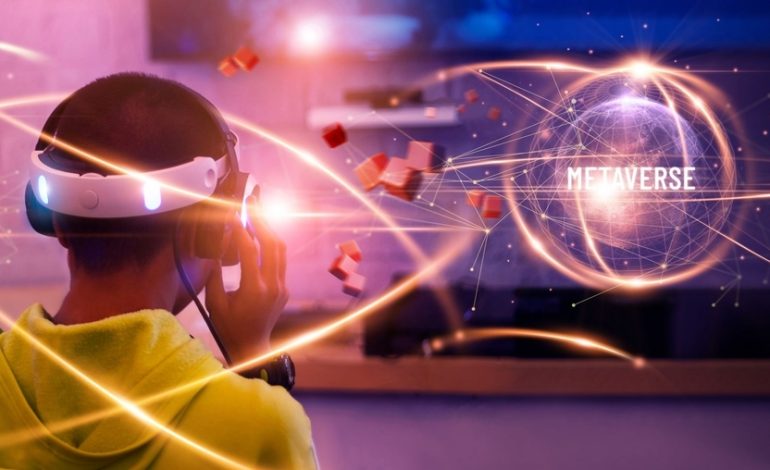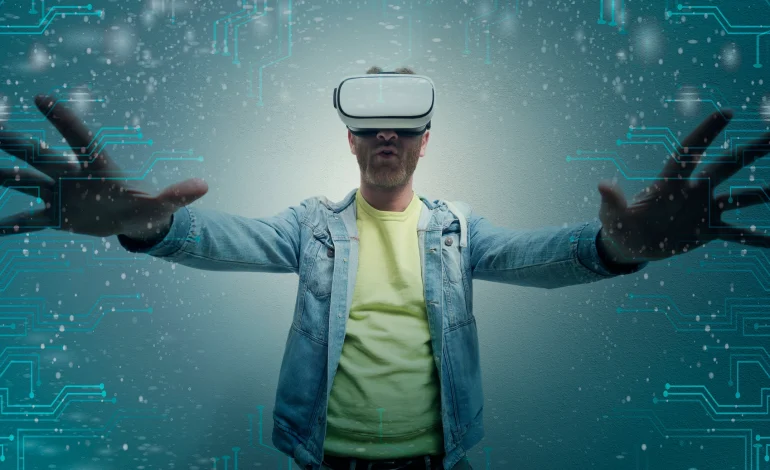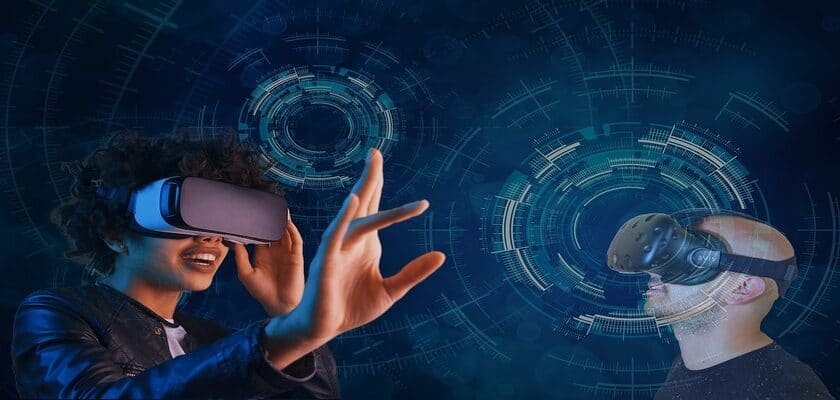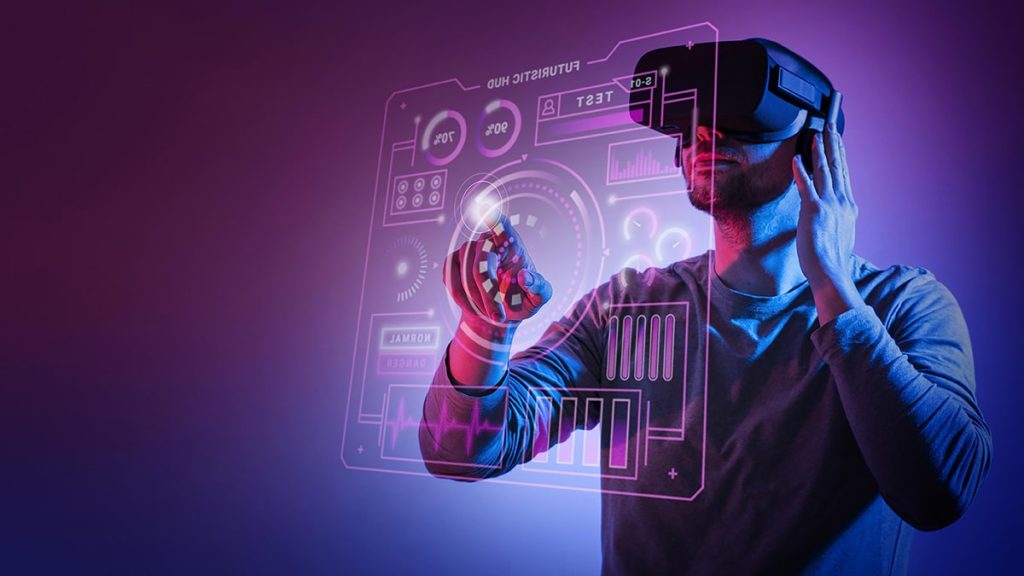The Real Effects of Augmented Reality in Immersive Storytelling

Storytelling is as old as man has existed. We probably started telling stories long before we knew what we were doing and developed it into a concept or an art. Storytelling is basically telling stories, giving accounts of people and events (whether real, imaginary or a combination of both).
We all have stories, and we all do tell stories in one way or the other. Over the years, storytelling has moved from serving social and cultural purposes, to becoming a useful tool for economic and business goals. And as technology has continued to evolve, so has storytelling evolved in various ways, including how it is done with the help of each new technology. With the rise of immersive technologies, it is interesting to see how augmented reality affects storytelling.
What is Immersive Storytelling?
In his article, Immersive Storytelling: Buzzword or Reality?, Mandar Jadhav defined immersive storytelling as “a computer experience that places the user as part of the story and enables the user to experience and sometimes interact with the scene in 360.”
In order not to confuse immersive storytelling with 3D films, Mandar went on to explain that “3D films give you depth perception in a single direction whereas immersive technology enables depth perception in all directions so you are completely immersed in the scene.”
Immersive storytelling is what it is because of the use of immersive technology, and immersive technology is one that extends the real world with virtual objects or creates an entirely new reality. These technologies allow users to engage and interact with virtual objects, thereby immersing them into the experience.
Why Immersive Storytelling?
As storytelling became more of an economic activity and a tool for business and marketing goals, the drive to improve on it grew rapidly. This has called for increased use of technology to achieve the goals of storytellers.
According to Pete Docter, a Pixar animation director, “what you’re trying to do, when you tell a story, is to get the audience to have that same feeling.” While storytelling serves various purposes, at the core of it is the need to transfer an experience. All a storyteller is trying to do is to get the audience to relate with what is being said and feel certain ways.
Storytelling cannot be successful if it does not engage the audience. Immersive technologies empower storytellers to achieve whatever their goals are by making storytelling more engaging and giving the audience a chance to get into the experience of the story.
Immersive technologies make storytelling more appealing, and help storytellers gain more influence on the audience. And in the case or brand storytelling, it helps brands win the heart of their customers by bringing them into whatever experience they want to convey. Immersive storytelling helps organizations to promote causes.
Examples of Immersive Storytelling
Special Delivery
In 2015, Google Spotlight Stories partnered with Academy Award-winning studio, Aardman Animation to make Special Delivery, an immersive short film.
The plot is around an animated pig trying to catch a Santa disturbing his apartment block, and viewers could use their phone to explore the 360° environment in which this plays out.
Essyan Refugee Camp: A 360-Degree VR Experience
Another example of immersive storytelling at work, this time not for entertainment, is a 2015 project by the Un in partnership with Unicef Jordan, Samsung and Vrse.works. They created a virtual reality experience that would transport the world’s top decision-makers to a Syrian refugee camp to give them first-hand experience of the situation at the camp.
Augmented Reality in Storytelling
Since AR helps enhance our reality by creating interactions with real objects, it proves to be a great tool for immersive storytelling. The effect of AR in immersive storytelling begins with the fact that the audience is not taken out of the real world into a completely new one that only exists virtually. It brings the interaction unto real objects, making it feel closer to the user. This is useful for immersive brand experiences, which is a goal of storytelling.
On their company website, Onirix, an AR platform for creators, illustrates how AR storytelling can be achieved. Since stories basically consist of scenes, actions and other effects, the basic elements of storytelling with AR are thus:
Assets
Assets refer to all the digital content you need in a scene to tell the story, and they can be 2D or 3D models, animations, audio files, etc.
Interactions
Immersive technologies are about increasing the interaction of users with virtual objects. Interactions tell the kind of engagement users can have with the story.
Environment
This element takes into consideration the real-world environment wherein the story and interactions are to play out. This is important since augmented reality does not take users away from their real world.
The Effects of AR in Immersive Storytelling
AR shapes immersive storytelling in several ways. Let’s see how.
Bringing Stories to Life
Imagine reading a scene in a novel, and just then, the characters jump out of the book and begin to play out in front of you. Well, with AR, objects, characters and actions in books can be brought to life, and readers can get a better experience of what is being told. This is one area AR will rapidly transform the education sector, by enhancing learning experiences.
More User-Control
Using AR in storytelling gives a lot of power to the users, by allowing them more ability to choose their own interactions, experiences, and adventures with the characters in the story.
Higher User-Engagement
By making stories come alive (especially in the user’s world), and allowing an interactive experience, AR makes immersive storytelling more engaging. The audience or user will not be left passive about the entire thing but will find their place in the story and get involved.
Stronger connection with Objects
When used for marketing purposes, immersive storytelling with AR will help bring a deeper connection between customers and a brand, or product/service, or cause. Whatever the story is about, users will connect more with the idea.
Immersive storytelling is here and has come to stay. Using augmented reality in immersive storytelling brings a whole new world of possibilities to storytellers, content creators, and marketers. There is so much to explore. According to New Gen Apps, By 2020, there should be 1 billion augmented reality users. Statistics like this only show that the audience for immersive storytelling and other applications of immersive technologies is widening up.





